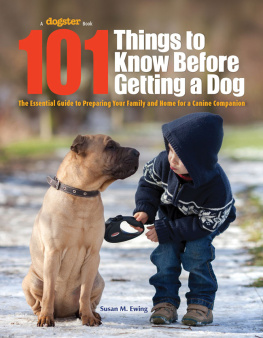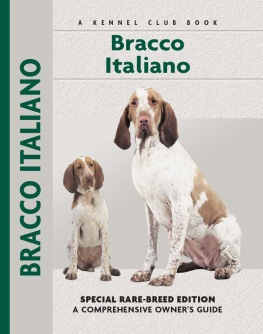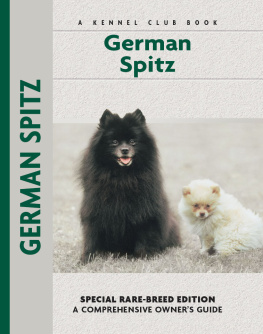Planning the Homecoming
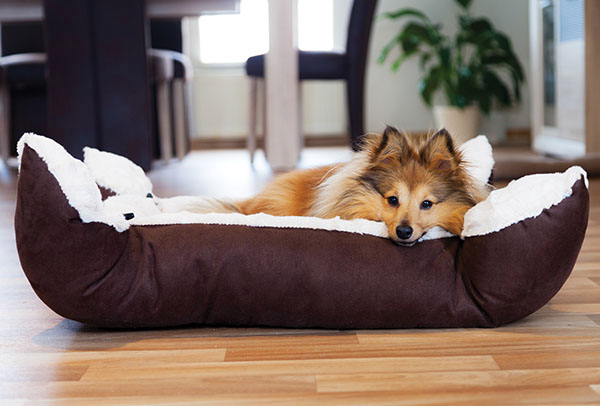
Whether you are getting a puppy or an adult dog, bringing him home will be an adjustment for both of you. With a puppy, he will be away from his littermates and mother for the first time. Your house will be a strange place, with strange smells, strange people, and maybe other animalsall a bit overwhelming. Be patient. Things may not go smoothly that first day, but it will all work out eventually. While an adult may settle in more quickly, the following advice pertains to both adults and puppies.
First, plan to pick up your puppy when youll have some time to help him settle in. Get him on a Friday night, for instance, so that youll have two days to help him get adjusted before everyone goes back to school or work. Getting a puppy during summer break or school vacations can be a good idea because, if you have children, theyll be available to help care for the puppy and keep him on a regular schedule for housetraining.
The belief used to be that Christmas was the absolute worst time to get a puppy, and many breeders still refuse to sell puppies right before Christmas. However, the San Francisco SPCA has found that the number of dogs returned after being adopted at Christmastime is no greater than at other times of the year. However, if your house is Holiday Central, and youre hosting all of the relatives or a big neighborhood party, its probably best to wait on getting the dog. Likewise, if you have very young children, it might be better to wait. Children can get pretty wound up over the holidays, and your new puppy needs things to be relatively calm so he can adjust to all the newness with a minimum of stress.
Whenever you get your puppy, be prepared beforehand. Have a supply of whatever food hes used to, food and water bowls, and a collar and leash for those trips outdoors. Have an appropriately sized crate, too. The enclosed space will make him feel more secure and, when youre not watching him, the crate will keep him safe.
Try to keep things relatively calm. Dont invite all of the relatives and neighbors to see the puppy when he first comes home. Let him get used to you and the family. Certainly, the children should pet and hold him, but leave the roughhousing for later.
Give him time for naps. Puppies, like babies, need their rest. Review the housetraining tips in this book and start following them. The fewer accidents your puppy has indoors, the faster hell learn that outdoors is the place to go.
Be prepared: the first night or two may be the hardest. When everyone settles down and the house gets quiet, your puppy may really feel the loneliness. A stuffed toy that the puppy can snuggle with may help. You might consider a Snuggle Puppy (www.smartpetlove.com), which is a stuffed toy with a heating unit and a heartbeat, designed to help the puppy feels comfortable, as if hes back with his litter.
Some puppies cry; some may settle right in. One of my dogs, Griffin, cried for fifteen or twenty minutes each night for his first two weeks. With his crate right next to the bed, he was hard to ignore, and the sound was heart-wrenching. Yes, I could have taken him into bed with me, but that would have started a habit that I didnt want to encourage. I love sharing my bed with a dog now and then, but I didnt want to make our bed Griffins official sleeping spot. I also didnt want to risk a potty accident in the bed. Its easier to clean a crate than to change the sheets and wash a mattress pad.
Anyway, your dog will get used to being alone, and yes, you will live through it. Your puppy may sleep through the night, but dont count on it. If he does sleep straight through, his definition of morning may be earlier than yours. Gael woke me faithfully at 5:30 a.m. for her first two months with us.
Middle-of-the-night wake-up calls are a good reason to keep your puppys crate in your bedroom. You can get up and get the puppy out as soon as you hear the whimpers, thus avoiding an accident and helping the housetraining process along. Dont dawdle. When you hear that cry in the night, get up, grab your robe, pick up the puppy, and head for the great outdoors. As your puppy grows, so will his bladder, so these midnight potty trips wont last forever, even if it feels like it.
If youre fortunate to spend the first week at home with the puppy, youll get a good start on housetraining and leash training. Youll want a small, flat, buckle collar for your puppy and, although some puppies may act as though the collar is torture, most will adjust with just a few scratches at it. Fasten a lightweight leash to the collar and let the puppy drag it around and get used to it. Supervise thisyou dont want the leash getting caught on something, and you dont want the puppy to start chewing on it.
Eventually, you can pick up the end and start following the puppy around. Dont try to steer him; just follow along. Do the same when you take him into the yard. Encourage him to follow you by calling him and slapping your leg. If you sound happy and excited, hes likely to come running. Dont drag the puppy. If he starts to pull backward, walk toward him to release any pressure and start again. If you must, just pick him up to take him back inside.
Your puppys first week will likely be one of the toughest, but it will all be worth it for the joy of adding a canine companion to the family who will be with you for the next ten or more years.
Introducing the Kids
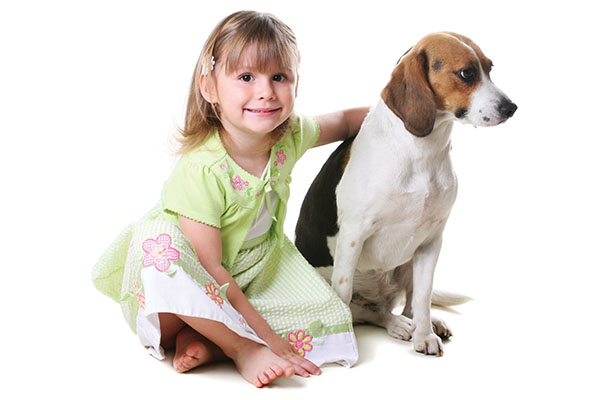
Kids and dogs go together like peanut butter and jelly, but, unlike the sandwich, you cant just throw them together if you want the best results. Never, ever leave a young child and a dog unsupervised. Babies and toddlers make fast, jerky movements and may make high-pitched noises, both of which can trigger the prey drive in a dog. Young children dont always understand that they may be hurting a dog, so its up to you to keep everyone safe. Dont let children stand or sit on the dog, no matter his size, and dont let them pull on his ears or tail or poke his eyes. Learn enough about canine body language to know when your dog is getting stressed so that you can remove him from the situation. Dont let children interfere with your dog when he is eating or sleeping. Crating your dog can help minimize risk.
Encourage your child to sit on the floor to play with the puppy rather than trying to pick the puppy up. Teach older children the proper way to pick up a puppy, with one hand under the chest and the other supporting the hindquarters. The older your puppy gets, the more hell enjoy playing with children and the rowdier the play can be, but always be alert to any play that looks like it could become dangerous.
Another good way to help grow the bond between your children and the dog is to let them help take care of him. Even a small child can fill the dogs water dish or help walk the dog. However, while its fine for a small child to have a hand on the leash, never entrust the dog to a small child. Even a small dog can pull a lead out of a childs hand or even knock the child over. Keep everyone safe and remember that even though your children may enjoy caring for the dog, its up to you to make sure that your dog isnt neglected because the children forgot or were too busy.
If you dont have children, its a good idea to introduce your puppy to some while hes young. Youll want your dog to be comfortable around both adults and children. Maybe there are some neighborhood children whod like to meet your puppy. Just remember to supervise all interaction. You want this to be a positive experience for both the puppy and the children.

